Inspiring Young Minds: How to Spark a Love for Science
Written on
Chapter 1: The Natural Scientist in Every Child
Children are inherently curious and instinctively act as scientists from the moment they are born. They experiment with their surroundings, learning through trial and error. For instance, when they cry, they quickly realize that it brings comfort. They explore their hands and fingers by tasting them, and they delight in dropping objects to discover gravity. Peek-a-boo games reveal that a parent will return after a brief absence, reinforcing their understanding of the world.
As Carl Sagan famously stated, “Every kid starts out as a natural-born scientist, and then we beat it out of them.” This highlights the crucial role of parents in nurturing their children's innate curiosity about science. The aim isn't necessarily to direct them towards scientific careers, but rather to foster their inquisitiveness and awareness about the world around them. The expected outcome is that this curiosity will enrich their lives significantly.
By introducing scientific concepts in engaging ways, parents can make science exciting. As Kurt Vonnegut noted, “Science is magic that works,” and children love experiencing that magic firsthand. However, it's essential to introduce these concepts without overwhelming them, avoiding the risk of turning their interest into boredom.
Jean-Jacques Rousseau wisely remarked, “We should not teach children the sciences, but give them a taste for them.” This encapsulates the approach we should take. Here are five effective methods I've used to spark my son's interest in science.
Section 1.1: Visiting Museums
Museums are fantastic venues for immersing kids in science while having a blast. My son and I enjoy exploring the Tellus Museum, which has been recognized among the best science museums in the USA. With its captivating exhibits, from dinosaur fossils to rocket models, there’s something to amaze every young mind.
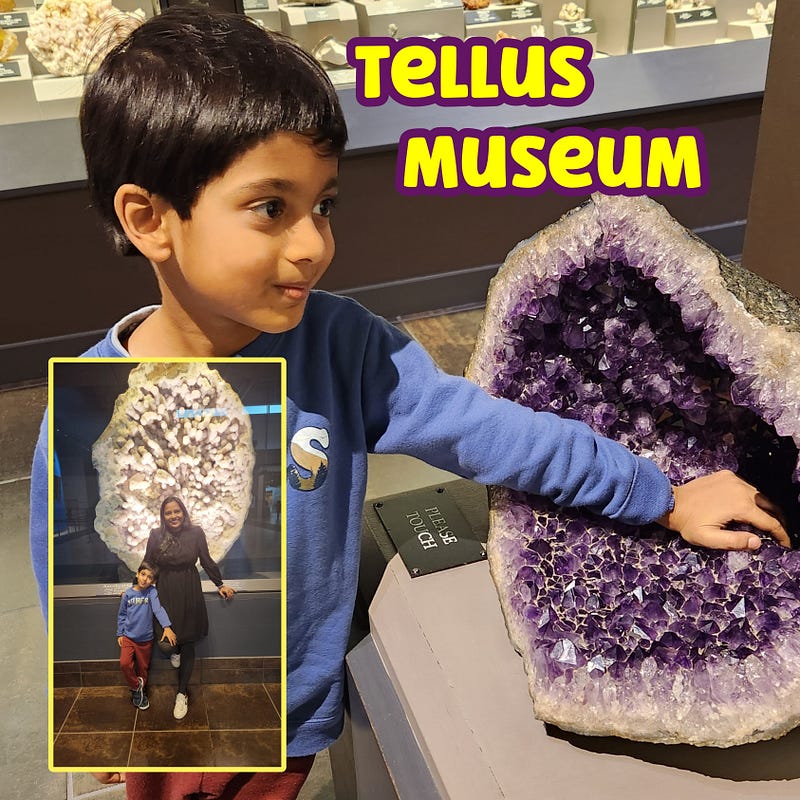
One of our most recent highlights was the 'Living Periodic Table,' showcasing the elements in a visually stunning way. The museum's interactive fossil-digging and gem-panning sections are also superb for hands-on adventures, making science engaging and fun for kids.
Section 1.2: The Magic of Books
Books are another excellent resource for laying a solid foundation in science. Local libraries are treasure troves filled with captivating children's science books. One standout is "Animated Science: Periodic Table," which my son adores thanks to its stunning illustrations.
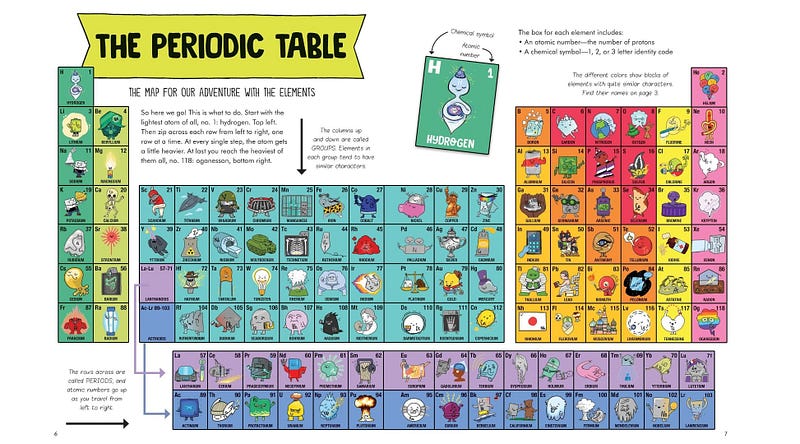
These books not only enrich our understanding but also ignite a passion for learning about the elements and their unique properties.
Section 1.3: Hands-On Activities and Experiments
Conducting experiments is a joyful way to learn. We enjoy using a science kit filled with fun, easy experiments, many of which require only basic household items. These activities are enjoyable with friends during playdates and foster a spirit of collaboration.
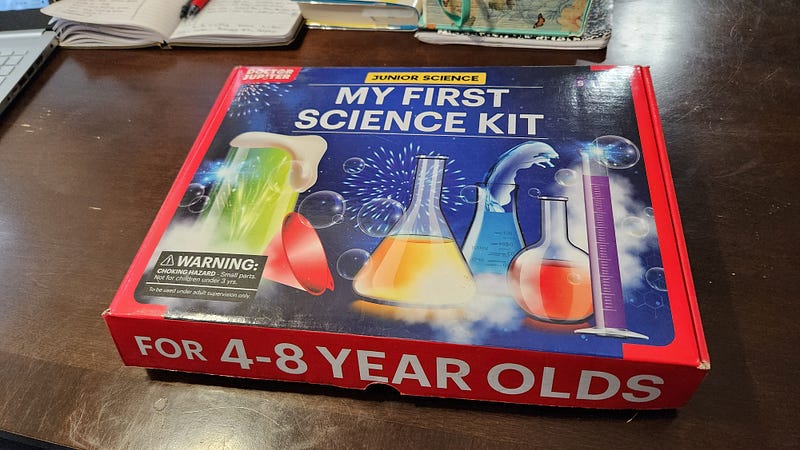
Our Terrarium Grow Kit has been another favorite, allowing us to create our little ecosystem. Additionally, we have a rock, mineral, and fossil activity kit that fosters curiosity and discussion about the natural world.
Section 1.4: Learning Through Artifacts
We also study the periodic table using a well-illustrated laminated poster, which hangs in my son's play area. This visual reference encourages him to engage with the elements and even teach me about them.
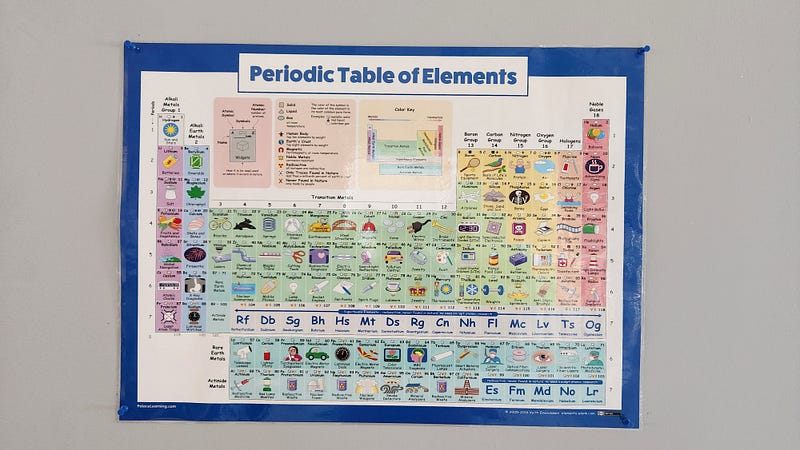
Scientific artifacts, like simple instruments and measuring tools, contribute to imaginative play and foster learning through exploration.
Section 1.5: Embracing Electronic Media
Educational apps and YouTube channels are excellent resources for young learners. One of our favorites is Stellarium, an app that allows us to explore the night sky and identify celestial bodies and satellites.
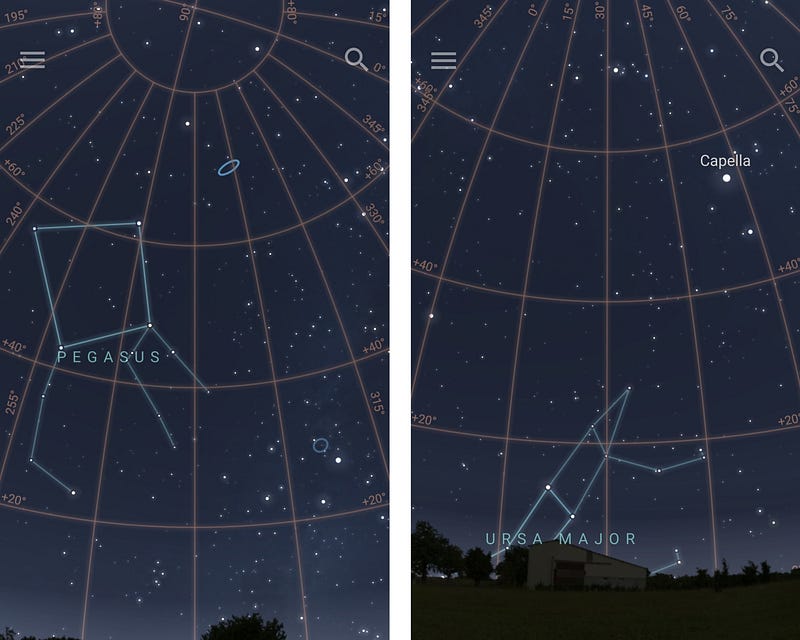
There are numerous YouTube channels that offer engaging science content for kids, such as Hopscotch, Peekaboo Kidz, and SciShow Kids.
Chapter 2: Conclusion and Reflections
Encouraging a child's fascination with science opens up a world of exploration and wonder. From museum visits to engaging books, hands-on experiments, scientific artifacts, and electronic media, the opportunities for learning are vast.
As we strive to cultivate a lifelong love for discovery and knowledge in our children, let's remember the wise words of Rousseau and aim to spark their interest in science rather than just teach them.
Through shared experiences, we not only enrich our children’s lives but also strengthen the bonds we share. The journey of instilling a love for science is rewarding and transformative for both parent and child.

If you enjoyed this piece, consider supporting my work!
Video Insertion
First Video:
Jason Lindsey: Hooked on Science Experiments - This video provides exciting science experiments that will captivate young minds and demonstrate the magic of science in everyday life.
Second Video:
Hooked on Science Experiments with "Mr. Science" Jason Lindsey - Join Mr. Science for more fun experiments that make learning science engaging and entertaining for kids.